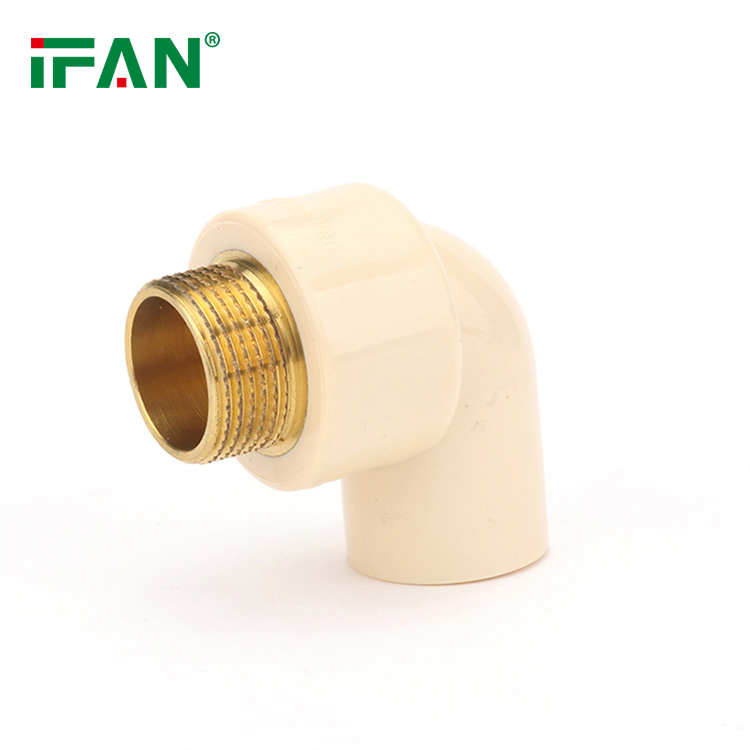Why does CPVC not corrode or leak?
CPVC (chlorinated polyvinyl chloride) pipes exhibit excellent resistance to corrosion and have a low risk of leaks. Here are some key factors that contribute to the corrosion resistance and leak-proof nature of CPVC pipes:

1. Chlorination Process: CPVC pipes are manufactured by subjecting PVC pipes to a chlorination process. This process involves introducing chlorine into the PVC polymer structure, which enhances the material’s resistance to corrosion and chemical degradation.
2. Chemical Resistance: CPVC pipes have excellent chemical resistance, making them resistant to the corrosive effects of various chemicals found in water and plumbing systems. They can withstand exposure to acids, alkalis, and other corrosive substances without significant degradation or risk of leaks.
3. Smooth Interior Surface: CPVC pipes have a smooth interior surface, which helps minimize friction and scale buildup. The smooth surface reduces the risk of corrosion, blockages, and pressure loss, ensuring a reliable and leak-resistant plumbing system.
4. Durability and Strength: CPVC pipes are known for their durability and strength. They have good mechanical properties and can withstand the stresses associated with normal operation and installation. This durability reduces the risk of pipe failures and subsequent leaks.
5. Heat Fusion Joints: CPVC pipes are typically joined using heat fusion or solvent cement, creating strong, leak-proof connections. Properly executed heat fusion joints ensure a secure and permanent bond between pipe sections, minimizing the risk of leaks at joints.
These factors collectively contribute to the corrosion resistance and leak-proof nature of CPVC pipes, ensuring long-term performance and reliability. However, it is important to note that proper installation techniques, regular maintenance, and adherence to manufacturer guidelines and industry standards are crucial to maintaining the integrity of CPVC pipes and preventing potential issues that could lead to corrosion or leaks.





